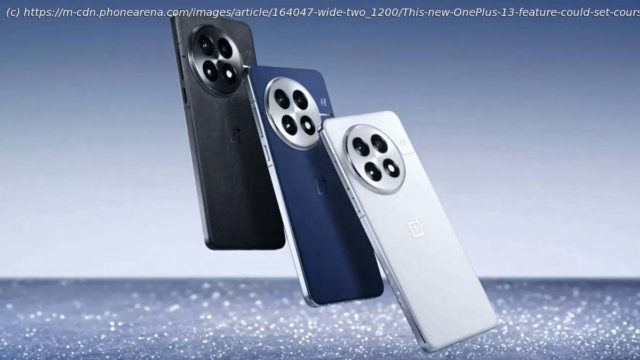OnePlus might kickstart another hardware arms race, which could boost the battery life of your next smartphone.
While all iPhones, Galaxies, and Pixels for 2024 are now water under the bridge, we are not quite done when it comes to major flagship releases.
Well, technically we are, but one of next year’s more intriguing devices––the OnePlus 13––will actually break cover in China this Halloween, giving us a spectacular teaser about what’s to come our way once the phone goes international.
As is usually the case with the never-settling company’s phones, we already seem to know just about everything about the next flagship, and boy, oh boy, OnePlus certainly seems to be pushing the boundaries even further.
The rumored specs are rather awe-inspiring:
A cutting-edge Snapdragon 8 Elite powerhouse of a chip,
a mind-boggling 24GB of RAM for all your multitasking and potentially AI-heavy tasks,
triple 50MP camera helmed by a Sony LYT808 sensor,
a large 6,000mAh battery with superfast 100W charging,
IP69 water and dust resistance, which provides unprecedented protection against dust and water,
and OLED screen with local refresh rate.
Now, while everything here sounds quite intriguing, it’s the last rumor that’s particularly exciting. Local high refresh rate has the potential to be another major leap in display tech, quite possibly one that we’ll be hearing about more in the coming years.
Let’s back up a bit first. What’s refresh rate?
Simply put, refresh rate refers to how many times per second your phone’s display refreshes the image on the screen. Measured in Hertz (Hz), the higher the refresh rate, the smoother animations and transitions appear.
Most flagships today support 120Hz, which means the screen refreshes 120 times per second, providing smooth visuals for tasks like scrolling or gaming.
Initially, high refresh rates were fixed: you could either set it at the standard 60Hz, the mid-range 90Hz option, or the 120Hz high setting, with the displays incapable of switching between the different modes themselves.
In 2020, we got the first phones with dynamically switching refresh rate–– Samsung’s Galaxy Note 20 Ultra and Galaxy Z Fold 2 had LTPO screens that automatically and seamlessly switched between 48Hz, 60Hz, 96Hz, and 120Hz.






